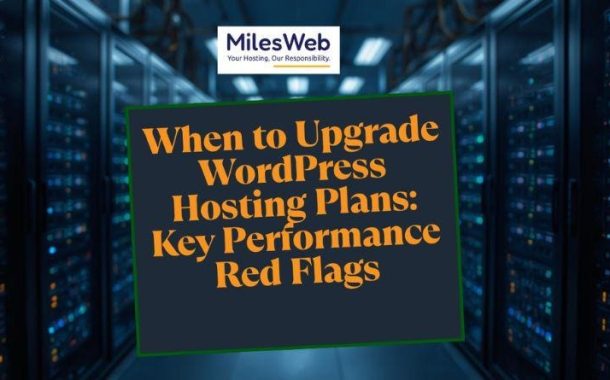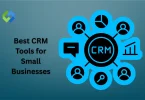A growing managed WordPress hosting for high-traffic website may outgrow the resources your current hosting plan offers, signaling the need for an upgrade. In this blog, we will be discussing the key indicators suggesting it might be time to change your hosting and domain for WordPress provider.
Table of Contents
When to Upgrade WordPress Hosting Plans
- Frequent Unexpected Downtime
Downtime affects a website’s overall reputation (SEO rankings, traffic, and more). Nobody wants to visit a website that takes more than 4 seconds to load. And if it is a recurring event, it is a sign to upgrade your WordPress hosting service provider.
How to tell if your website is down? As you are not visiting your website 24×7. It is hard to know without using a monitoring service. Fortunately, you can monitor your site’s uptime for free using services like Uptime Robot.
- Error Establishing Database Connection
If you are experiencing regular errors with your database website connection, it means you are outgrowing the host servers or have a bad plugin.
Alternatively, your hosting company may share the database server with a large number of users, causing it to be slow and leading to problems. Your host support should be able to help you. They will either migrate your database to a new server or assist you in minimizing database requests.
- Bizarre Internal Server Errors
One of the most common WordPress errors is an internal server error. And it is the frustrating one. The message conveys that users lack clear guidance on how to fix it.
It’s a bad sign if you’re getting too many internal server errors on your website. Select a WordPress hosting provider whose servers are configured correctly for WordPress.
- Website Suspension
Due to illegal and spammy activities, most web hosting service provider reserves the right to decommission the live website. But certain hosting companies suspend accounts without notifications for silly things like overages.
Your host should give a damn about your site because you are entrusting them with your digital property. If a hosting company puts your website on hold without notifying you, you need a serious conversation with them. If that conversation gets you nowhere, it is time to go to a company that will care.
- Poor Customer Support Service
You will never find a web hosting company with a 100% customer satisfaction rate. It is impossible to keep everyone happy. Not to mention, only the angriest users leave web hosting reviews. Reliable customer support is crucial for web hosting.
What is the response time of your hosting support staff? Are they knowledgeable and helpful? In some cases, hosts deny assisting with WordPress, claiming their support policy does not cover software. It’s time to move if you don’t get good support.
- Slow Page Speed
Speed is significant for a good website’s user experience. It affects the search engine rankings and website traffic. Slow websites are usually caused by a high number of requests or users on the server. In case your web hosting provider can help you determine what the factor of the website is
Slow websites are usually caused by too many requests or users on the server. In that case, your hosting provider can help you determine what’s slowing down your website. If the problem is too many requests, it will be a simple fix, with some adjustments to either remove a plugin or optimize the server further. However, if the problem is too many users, then the host will request that you upgrade.
The Bottom Line
Upgrading the WordPress hosting plan is not just about keeping up with growth. But it also ensures the website continues to perform smoothly without interruptions. Slow load times, high downtime, and storage and bandwidth shortages are clear signs that your current plan may no longer be sufficient.
Finally, your website is an investment, and hosting is central to securing and growing the investment. Being proactive in updating your plan is always a good idea so that when your business changes, your website is not slow, not compromised, and has the capacity to support more traffic or additional functionalities.














